LED Grow Lights The real deal
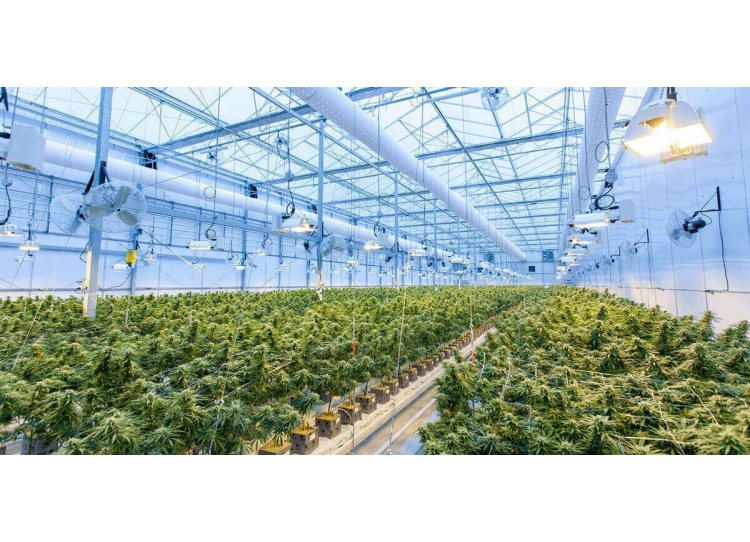
LED Grow Lights The real deal
So many questions come to mind when shopping for LED grow lights! I mean there is so much information to go through and wow the abbreviations, there are many. Then they all claim the same thing its tough when your new to comb through and separate facts from marketing. It all about what we the consumer want and can afford as well as what our plants need, and as always there is a lot of fact mixed with opinion when you go online. So what do you do? Ill hopefully help you with this and by the end you’ll fully understand how to find the product for you. I truly Believe there is a product for every grower and a grower for every product! I will also try to explain why some prices are so high and why that’s a good thing!
I would like to start by explaining there are several levels and types of lights and that they are not equal! We have the first LEDs that were just red and blue diodes on a board in a steel body with fans. These lights were popular but ultimately failed and so for a few more decades HID ruled the commercial grow game and home growers followed suit. But after this time, lights in the same style came out but sporting newer diodes and what we called a blurple spectrum. Again, this was a board with diodes in a steel or aluminum body with fans for cooling. These lights differed in spectrum and carried more than red and blue but also orange and purple and different wavelengths of reds and blues as well as UV IR and later on 3500k and 5000k to cover the full spectrum of visible light. After this lights shape and technology changed rapidly with COBs, Quantum Board and, Linear strip lights. For the purposes of this article and saving a lot of dry material ill define COB but skip over the many spectrums and shapes they come in. COB means Chip On Board. Rather than individual led diodes COB have a series of bonded together chips or diodes on a board. These are used widely in many industries and each chip can be a different color or wavelength of spectrum.
All Those Abbreviations!
As I mentioned above light is measured in nanometers. Plants use light between 300 and 900 NM, we call this PAR or Photosynthetically Active Radiation and it covers UVA, B, and C in the 300nm range to IR 700nm and up but traditionally 400nm-700nm before more advanced quantum meter became available from companies like Apogee. The other colors of visible light fall in between with reds being 700 or less and blues being 360 or more. Anything below or above isn’t visible to the naked eye. White light carries all visible light but white LEDs don’t carry UV or IR and these are the dim lights on your board if you have it. Plant use more than visible light and we need an advanced quantum sensor to read all the light that plants use and we can’t see, we also use this to figure out PPF as well as PPFD/M/S. PPF is the measurement of photons that leave a lighting device and is taken no more than an inch away from the device. PPF stands for Photosynthetic Photon Flux. This is a high number that in my opinion isn’t needed and is merely marketing as it’s a large number. PPFD is the light measured at the plant and this stands for Photosynthetic Photon Flux Density and is the measurement of light or photons that land on any given surface at one time. This is one of the more important numbers and relates directly to what the plants need. And is also used to find the average light coverage over the canopy. This measurement is displayed as PPFD/M/S and is PPFD per meter squared per second. This measurement is taken on a grid of 3inch by 3inch squares with the quantum sensor taking measurement in each square. Companies display this grid for marketing but it is also very useful to growers who don’t have a quantum sensor. The numbers from each square are collected and averaged and that number is our PPFD/m2/s for example 1200umols/m2/s which is a good PAR for flowering with added co2 like a commercial grow op. The amount of light a plant receives in a day is measured by DLI Daily Light Integral. This is the amount of PAR that falls on a particular area in a day. This isn’t needed for shopping LEDs but wanted to include it. Another measurement of light is Kelvin, this is for white light and is the color temperature of the light. Kelvin is also a measurement of heat but in lighting we refer to the color of light that a piece of tungsten emits when heated to a certain temperature. 3500k is a flower spectrum with more, red and orange hue to the light where as 5000k and up has more blue hues and is used in vegetative lights this is also used for HID. I’d like to mention with more advance led spectrums companies and growers are moving away from using kelvin.
What Should I Look At?
What do we look at when shopping and comparing LED lights? With all the types and spectrums which light is right, and which light is best! Before we look at cost and budget we want to decide on what shape or type is right for use. First question is how much canopy or what size of area are you trying to light. This is what determines the size of light needed in our area too big or too hot and you will have many issues. We want to look at wattage and footprint. Don’t get tricked with marketing names look for true wattage or wall draw and avoid lights the avoid mentioning this. Although many companies compare LEDs to HID equivalency IE. “Equal to a 600w hps”… I’d stick to more solid facts. I mentioned footprint, this is the suggested area a light will cover when at the suggested hanging height, of course it would be better to have a PAR meter to dial in the height and PPFD for our canopy but most of us don’t. The best tool then is the footprint map and suggested hanging heights. How do we use it? The size of foot print should be the same as the canopy or area needed to cover, and the average PPFD should be sufficient for Flowering which is around 800-900umols/m2/s. keep in mind plant height and ceiling and the fact that the light will hang a minimum of 6inches from the roof or tent top when raised all the way. Height is how we increase and decrease the intensity or PAR of our light is our plants. We need enough height to lower PPFD for veg and seedlings. The next variable to consider is wattage. How much wattage is the light using to get the desired PPFD at 12 inches height? The lower the better! We can express this as umols/Watts umols = micromoles. This is the PPF divided by the number of watts, the higher this number the better. This is the lights efficacy. For example my light the TsPro from Simatiks.com is 270w, a QB(quantum board) and Cree COB mix. It has a PPF of 592 divided by 270 for a 2.19 efficacy. This is more than decent considering the CXB3590 Cree cobs aren’t near as efficient as the lm301h Samsung QB with 660nm is, but mixed together 2.19 is great as COBs are know for penetration where QBs are known for even coverage. Then we want to calculate the cost of a lights performance, this is $/w. How much the light will cost you taxes and shipping included divided by the total running watts this is also going to tell us $/Umol as we have the Umols/w. Lets do an example of a few lights for a 4x4 tent.
|
|
Actual draw(watts) |
PPF |
Efficacy umols/w |
Cost CAD$ before tax |
$/w |
$/umol |
Umols/m2/s at 12inchs |
|
Simatiks TsPro x2 |
540w |
1184umols/s |
2.19umols/w |
1259.98 |
2.33 |
1.06 |
|
|
Aelius Matrx 630 |
630w |
1600umols/s |
2.52umols/w |
1585.00 |
2.5 |
0.99 |
|
|
Lumo-x XC-3000 |
390w |
900umols/s |
2.3umols/w |
499.99 |
1.28 |
0.55 |
|
|
Photontek X 600W Pro |
600w |
1600mols/s |
2.7umols/w |
1299.99 |
2.1 |
0.81 |
|
|
Gavita Pro |
645w |
1677umols/s |
2.39 |
1746.65 |
2.14 |
1.04 |
|
After all that, not every company advertises the same hanging heights and so the last column is an example, and now, here is more to consider. We want to look at warranty as well as if the light is on backorder as this can affect the time you start growing. Other things to look for is if the lights come with a controller or if they have a dimming feature or built in timer and if they have the daisy chain function. I like lights that come with a switch for different stages of growth or even ones with built in spectrum settings like the Avici by Revolution Micro or lights by Scynce LED. IMO a light with UV IR trumps a white light only led with a better efficacy and cooler running temperature. Plants need UV and IR and, in my experience, better trichome density and higher terpene content when used. Now I have saved the most important for last and that is that the light is CE certified not just RoHs CE, also look for ip65 waterproof certification for operation in humid environments like greenhouses and grow tents. Seriously you want a light that’s been tested for safety and quality not to mention if commercial it’s a must for insurance. I personally use Simatiks Ts300 and TsPro, I also use the Aelius Matrx 630 and Lumo-x XC-2000. I Have 3 Ts300s, one I use as veg in a smaller tent and 2 I use in a 3x3 flower tent with 2 Tspros in another 4x4 flower tent. I also veg under the XC-2000 in a 2x4 while the Matrx 630 is in another 4x4 tent for flowering. I could use all light for full cycle grow but like the use of different spectrums and the cooler running lights in flower tents as cost of cooling our lights is another variable we want to know and consider.
Types of Lights and Their Uses
As an example again ill use my lights the TS300s from Simatiks and XC-2000 from Lumo-x are both full spectrum and mixed parts using both COB and SMDs of top bin brands. These are lights with UV and IR as well as switches for different spectrums and my ts300s can be daisy chained and both have warranty and certified. They are both encased in an aluminum body with cooling fans. My other light the TsPro is two QBs that are 5000k with 660nm diodes and 3 COBs that are 3500k on a passive cooling par with three fans but no body or house to encase it. These are top bin high end parts on a small light design that runs cool and has built in dimmer can be daisy chained and connects to any controller an example of newer higher end LEDs another High end Commercial option is my Matrx 630 wich is 6 bars of top bin high quality parts on a square frame that is passively cooled and fully certified and works well any many applications from grow tent to commercial vertical growing and grow tables. These light all look different and would work better in certain types of growing sizes of grows and growing techniques. Another light that I don’t have is a full QB like HLG Rspec boards that are top bin high quality chips on a board with a high end quality LED driver and is passively cooled. QBs in general are known for even coverage but lack penetration and spectrum IMO. There are other designs that are for use in greenhouse or commercial environments some can be adopted to grow tents but others run too hot for tent. These are rectangular in shape with cooling fins and are passively cooled or have fans built in and come in several spectrums for use in different environments. Linear lights in 4, 6, 8, or more bars are great for vertical growing and really any environment as they allow light past and are efficient and powerful and run cool enough to handle and many brand options. QB are great for canopy coverage and tent growing especially to SOG and SCROG style growers as they have the efficiency and even coverage and run cool enough to get close to the canopy for some penetration but not much is needed in those grow style with manicured canopies.
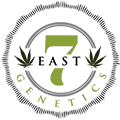
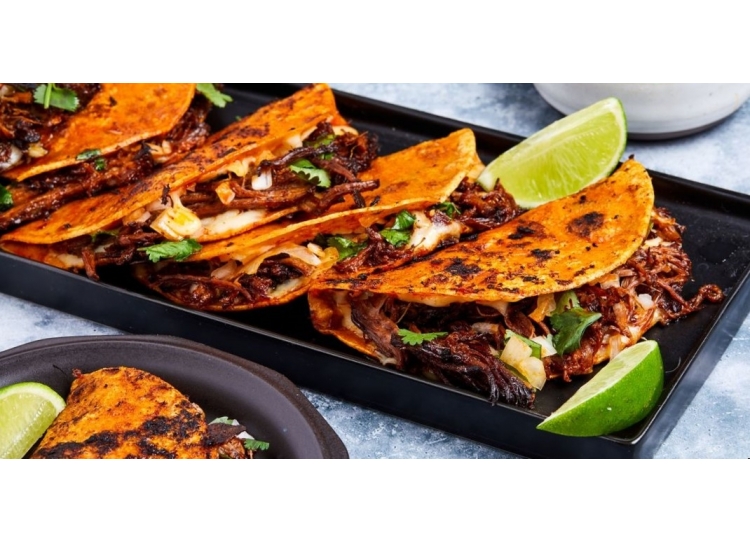
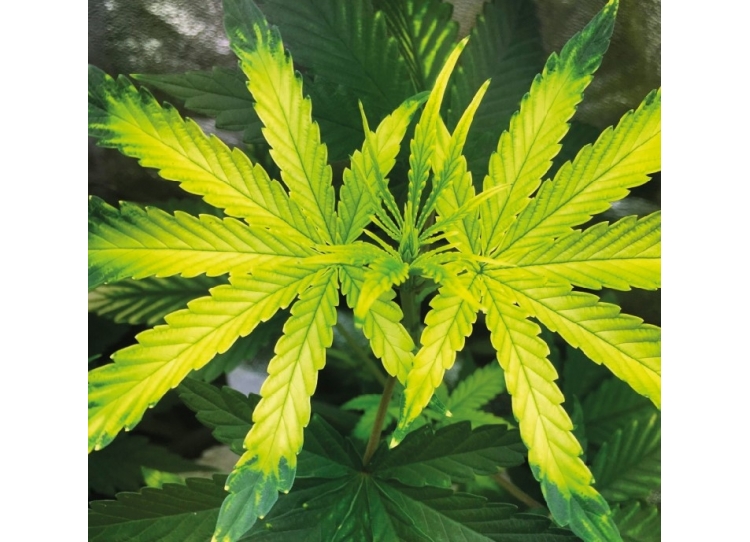
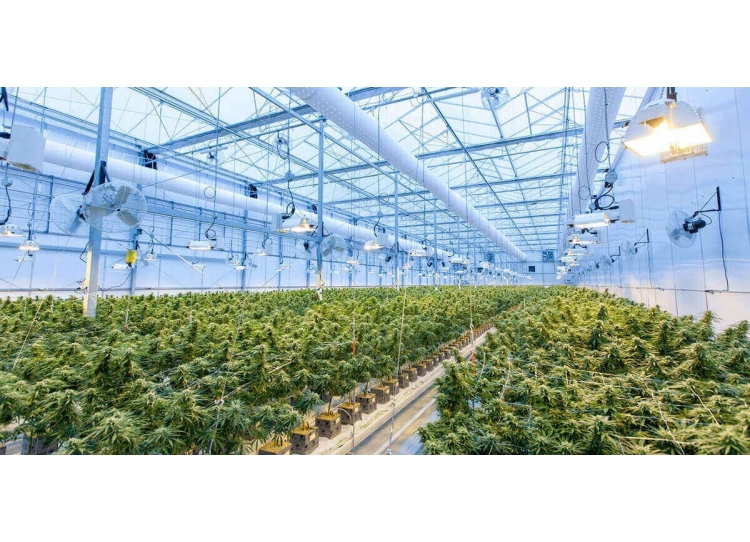
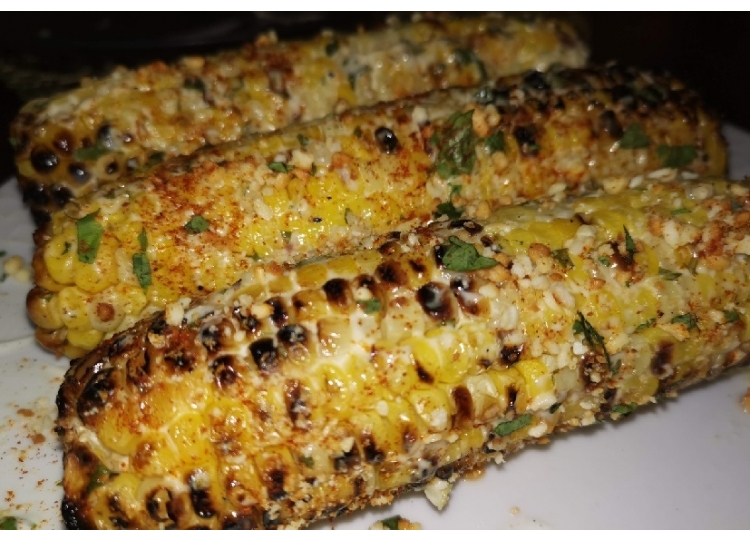
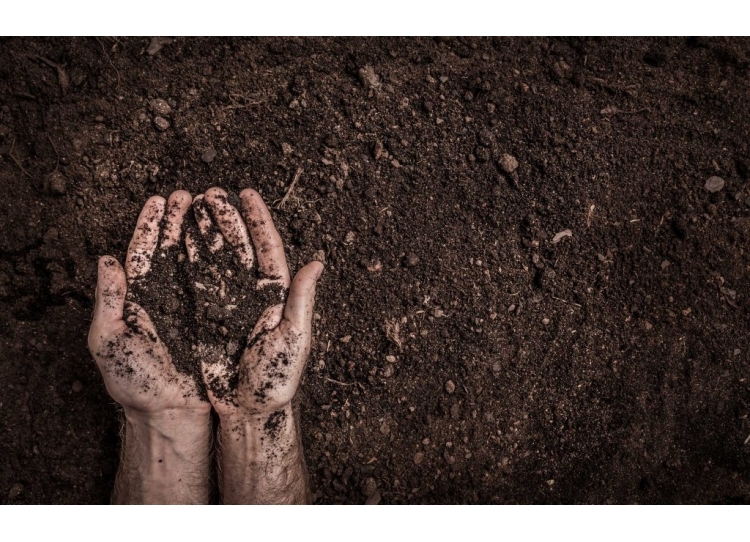
Comments
No comment at this time!
Leave your comment